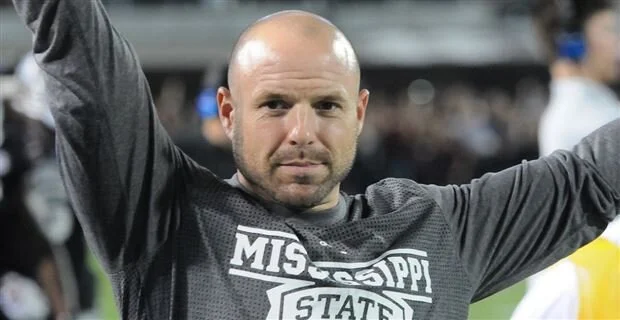IN PURSUIT OF EXCELLENCE
By Michael Jordan
Condensed from I Can't Accept Not Trying
Michael Jordan is the most extraordinary athlete of our time. In 1993, after leading the Chicago Bulls to three consecutive NBA Championships, he retire from professional basketball to chase an improbable dream of making it in pro baseball. “I’m not afraid of failing,” he said at the time, “but I can’t accept not trying.” Here, in his own words, Michael shares the rules he has lived and achieved by.
1. Set Goals & Visualize
I always had the ultimate goal of being the best. But I approached everything step by step, setting short-term goals. As I look back, each success led to the next one. When I got cut from the varsity team as a sophomore in high school, I learned something: I never wanted to feel that bad again.
So I set a goal of becoming a starter on the varsity. That's what I focused on all summer. When working on my game, that's what I thought about. When it happened, I set another goal, one that I could realistically achieve, if I worked hard.
Each time, I visualized where I wanted to be. As I reached those goals, they built on one another. I gained confidence every time I came through.
2. Find Fuel in Failure
To achieve anything, I have to be aggressive. Once I'm in the game, I think only about what I'm trying to accomplish. Any fear is an illusion. You think something is standing in your way, but nothing is really there. What is there is an opportunity to do your best and succeed.
If it turns out my best isn't good enough, then at least I'll never be able to look back and say I was too afraid to try Maybe I wasn't good enough There's nothing wrong with that and nothing to be afraid of either. Failure always made me try harder the next time.
That's why my advice has always been to "think positive" and find fuel in any failure. Sometimes failure gets you closer to where you want to be. If I'm trying to fix a car, every time I try something that doesn't work, I'm getting closer to finding the answer. The greatest inventions in the world had hundreds of failures before the answers were found.
I can accept failure. Everyone fails at something. But I can't accept not trying. That's why I wasn't afraid to try baseball. I can't say, "Well, I can't do it because I'm afraid I may not make the team." That's not good enough for me. It doesn't matter if you win, as long as you give everything in your heart.
3. Pay the Price
I believe that if you put in the work, the results will come. I don't do things halfheartedly. Because if I do, I can expect halfhearted results.
Part of the commitment is taking responsibility. That's not to say there aren't obstacles or distractions. But obstacles don't have to stop you. If you run into a wall, don't turn around and give up. Figure out how to climb it, go through it, or work around it.
4. Master the Fundamentals
I don't care what you're trying to accomplish; you can't skip fundamentals if you want to be the best. There are plenty of people with great abilities, but if they don't know how to apply those skills, what good are they? You can't compose a masterpiece if you never master the scales. The minute you get away from fundamentals -- whether it's proper technique, work ethic, or mental preparation -- the bottom can fall out of whatever you're doing.
You have to monitor your fundamentals constantly, because the only thing that changes will be your attention to them. The fundamentals will never change.
5. Lead by Example
I've always tried to lead by example, never by talking, because words never mean as much as action. They always say a picture carries a thousand words. So I tried to paint a picture of hard work and discipline.
A leader has to earn that title. You aren't the leader just because you're the best player on the team. No one can give you that title, either. You have to gain the respect of those around you by your actions.
And you have to be willing to sacrifice certain individual goals, if necessary, for the good of the team. You also have to stand up for what you believe, and hold on to your convictions. All the people I admire do that.
But you don't have to play a professional sport to be an effective leader. Every home, every business, every neighborhood and every family needs someone to lead.

